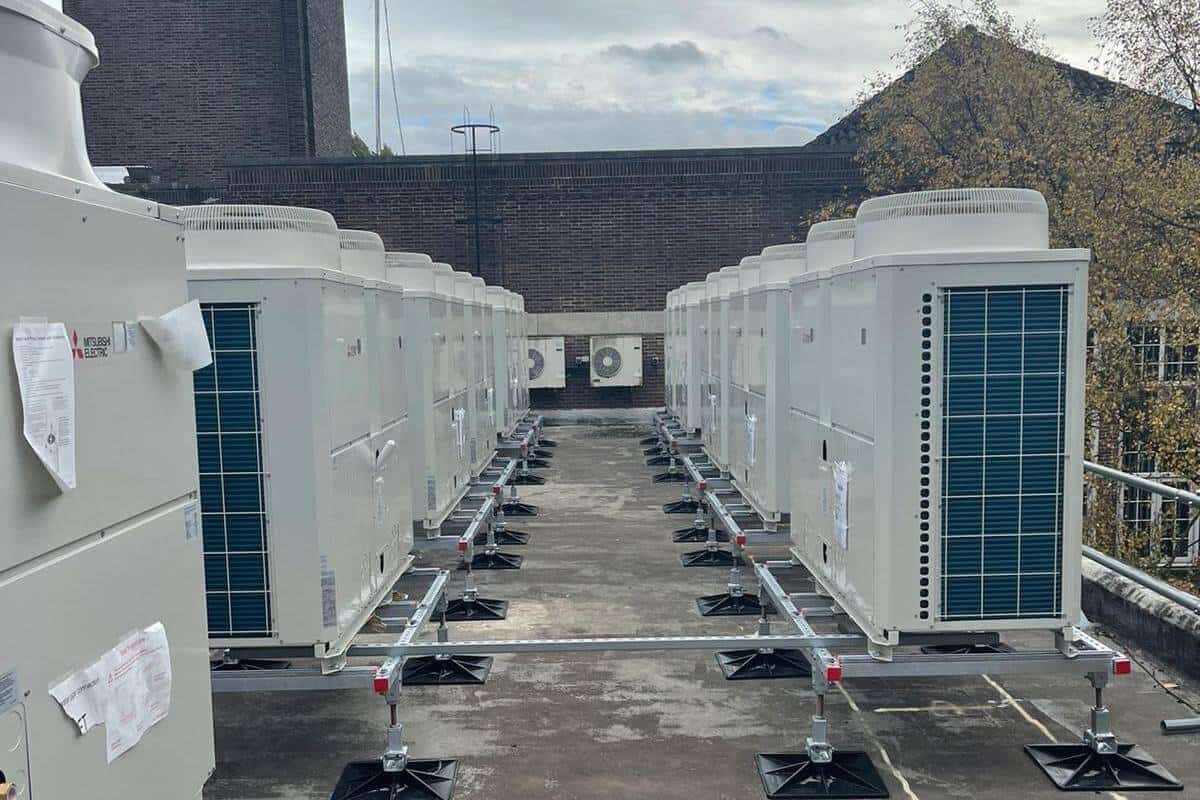
In this short piece, we will explain in simple terms how to improve an EPC Rating for commercial property. We’ll look at what it is, why you need to do it, the financial risk of non-compliance and then the step by step guide to the most cost-effective routes to compliance and then touch on future-proofing for future legislation.
An Energy Performance Certificate (EPC) is awarded after a survey of a building to assess its energy efficiency rating. Any report will produce a series of recommendations of ways to improve the energy efficiency of the building.
The rating is based on a scale of A-G with ‘A’ being the most energy-efficient and ‘G’ the least energy efficient.
Under the Government Pledge to reach net-zero by 2050, in 2018 new rules were introduced of Minimum Energy Efficiency Standards (MEES).
These are NOT guidelines but legally enforceable standards with teeth. If your building is let and did not reach an EPC rating of E or above by April 2023, it has become an offence to CONTINUE to let it, grant a new lease, or even renew the existing lease.
If this is the case for you, then the first thing you need to read is our guide to five easy wins to decarbonise your business.
Listed commercial buildings have some leeway under the rules that were introduced, but they did NOT escape the rules altogether.
The summary for the entire sector is that you must do “what is reasonable without damaging or altering the external fabric of the building to reach the minimum standard”.
So, for example, it is normally considered unreasonable to have to change the glazing in a listed building where the facade is protected. Adding external insulation to the building fabric, would almost certainly not be demanded either. However, upgrading internal lighting and installing a new energy efficient boiler or heating system, would be required as long as the fabric of the building is untouched. External heat Pumps may also not be considered appropriate if they were to detract from the external protected elements of the building. The decision for this would fall under the remit of the local authority planning team.
One critical point to note with listed commercial buildings however is that you CANNOT assume your building will be exempt. It is your responsibility to find out if your building requires an EPC.
Some industrial buildings will also have an exemption if they are predominantly unoccupied space, used mainly for storage or manufacture. It would be both impractical and cost prohibitive to attempt to bring this up to the required EPC rating. The offices and welfare spaces attached to the same building will however need to be improved.
– If you have done all that is possible with the building to make improvements and it still falls below the EPC E rating
– If the improvements required are not considered cost-effective (ie no reasonable payback)
– If the improvements required such as external insulation would adversely affect the fabric of the building
– If you cannot get consent from the ultimate freeholder to make the changes required
– If the improvements would cause the building to be devalued by more than 5%
Again, the onus is on you to PROVE exemption and you cannot assume any of the above apply to your particular circumstances. These exemptions only last five years and if the building is sold, the new owner will NOT automatically be exempt from the guidelines.

The penalties are all documented and can become significant very quickly. If you are a commercial landlord and have either granted a new lease, renewed a lease or most importantly CONTINUED to let a non-compliant property after the 1st April 2023 deadline, you may face the following fines.
– Breach for less than 3 months: 10% of the rateable value (min. £5,000 / max. £50,000)
– Breach for more than 3 months: 20% of the rateable value (min. £10,000 / max. £150,000)
– Providing false or misleading exemption information: max. £5,000
– Failing to comply with a compliance notice: max. £5,000
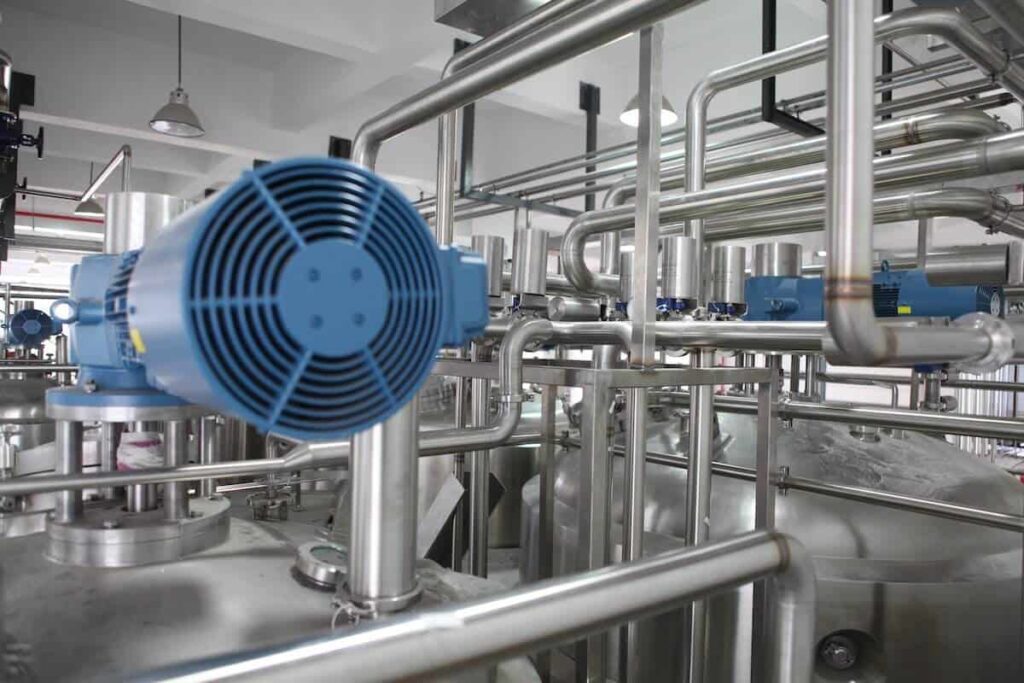
There are six main areas that the EPC could identify for improvement.
We have written a more recent article that shows five quick wins to decarbonise your business.
In our previous piece about how to Decarbonise your business, this was our number one recommendation and it’s the same when it comes to improving your EPC rating too.
Heat loss from walls and roofs is significant. In this study from Resurgence, they show the average loss as follows:
Walls 38%
Roof 28%
Windows/Doors 8%
Ground Floor 7%
Draughts 20%
Even with cavity wall insulation, there is room for improvement. However, with solid brick or metal-clad external walls, additional insulation will have a significant effect.
There’s no doubt that for a business, adding additional insulation will have a big impact, but it’s not without a potential for serious business interruption. There’s also likely to be a significant price tag attached too.
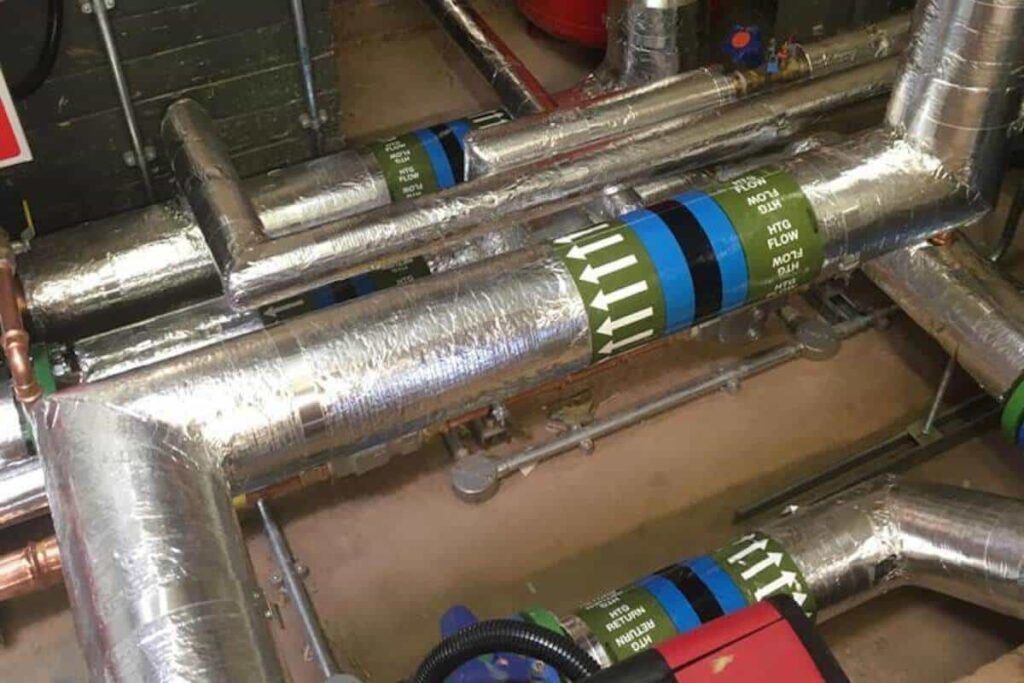
The impact of draughts is often overlooked, but as you can see from the figures above, the gains to be made by preventing heat loss through draughts is significant. These can be simple and cost-effective measures and have a huge impact on the energy efficiency and heat loss of a commercial building.
Whilst there are guidelines for some listed buildings, upgrading the glazing to double or triple glazing on exterior facing walls will have a marked effect on your EPC. Some of the more specialist glazing such as Pilkington K, which forms the inner pane of an energy-efficient glazing unit, will also help greatly too. The coating on the glass reflects heat back into the room whilst also letting in heat from the sun, known as passive solar gain.
An inefficient boiler or air conditioning system can have a huge impact on the EPC and equally importantly, the running costs of a building. An older Cast Iron boiler can be as low as 50% efficient, whilst a new commercial condensing boiler can reach 97% efficiency.
We’ve written over here about the ten signs your commercial boiler may need replacing and upgrades to HVAC can have extremely fast paybacks, due to much lower running costs and those improved efficiencies.
Whilst we would say that wouldn’t we, replacing the HVAC system can be a far more cost-effective route to reach an EPC rating of ‘E’, than almost any of the other measures on this list.
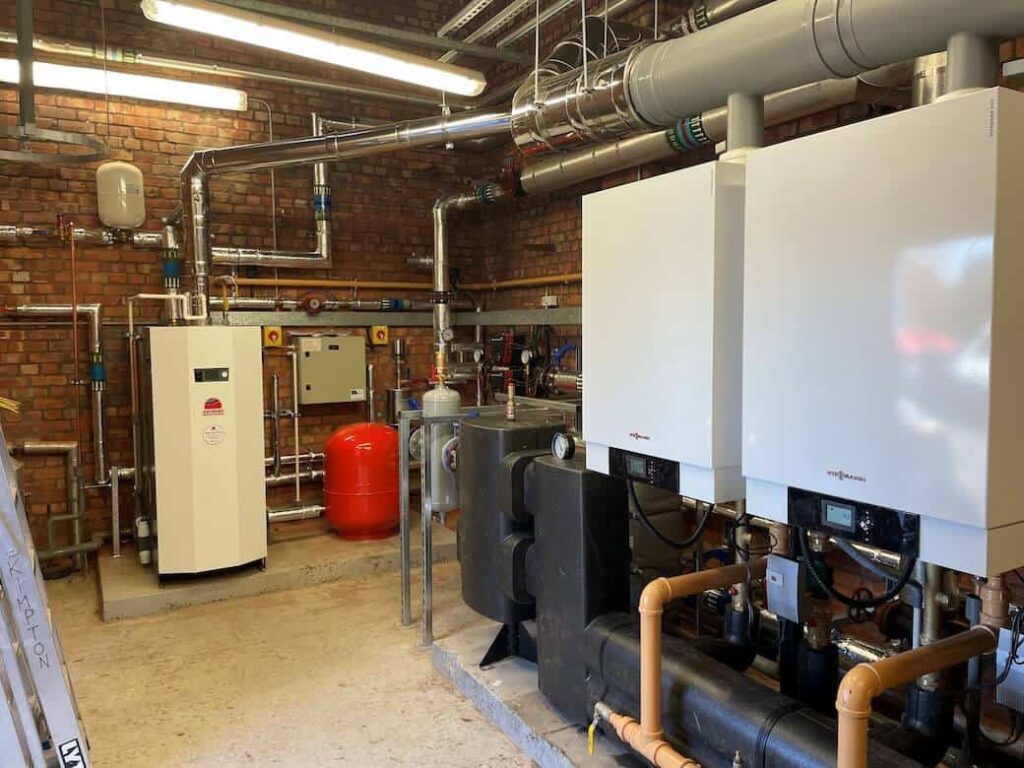
Many commercial buildings that are currently in the F and G rating categories will have inefficient halogen bulbs or fluorescent lighting. We see this very regularly on older commercial sites.
The legal imperative to change and improve should be added to the huge incentive of significantly lower running costs of newer LED lighting or more modern fluorescent lighting solutions. The addition of lighting controls, so you aren’t lighting empty spaces, will also have a marked effect, for a relatively modest outlay.

Any system will only keep operating to its maximum efficiency if it is regularly monitored and maintained.
A BMS (Building Management System) will allow external monitoring and overall control of the system to ensure ongoing operating efficiency. The data the system will provide also allows careful observation of potential improvements. It sounds obvious, but ensuring a heating system is not blasting out heat during unoccupied periods can also have a big impact on bills and contribute towards an improvement to the EPC rating.
EPC E rating probably isn’t that big a challenge for most businesses and most commercial property owners. It can be reached with the implementation of just a few of the above options.
This change to the standards is just the beginning and the next standard hurtling towards the business community arrives in April 2027 and then another in April 2030.
By April 2027, the building will have to have achieved a rating of C.
This is swiftly followed by the requirement for all rented commercial premises achieving a rating of B by 1 April 2030
Reaching these standards will have a huge impact on business and, for many commercial properties, require significant work.
If you have any doubts about how to approach this, then you need to read is our guide to five easy wins to decarbonise your business.
If you would like honest and objective advice about how to improve your EPC rating, reduce your running costs or reduce your businesses carbon footprint, please call the Kimpton Decarb Team on 0151 343 1963. You can also drop us an email at website@kimpton.co.uk or fill in the form below and we’ll be back to you soon.
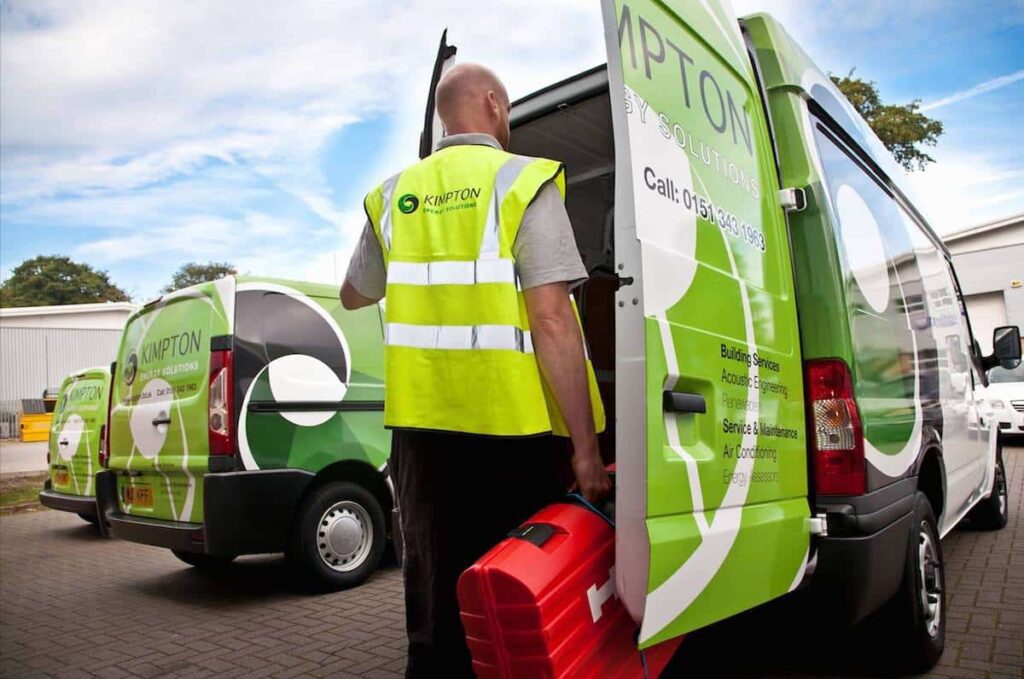
– BEIS The Department for Business, Energy and Industrial Strategy
– EPB Regulations The Energy Performance of Buildings (England and Wales) Regulations 2012 (SI 2012 No. 3118) that set out the requirements for EPCs.
– EPC Energy Performance Certificate
– Fitout Process of installing and furnishing empty premises with equipment and appliances (such as lighting, heating, and ventilation) as well as final decoration so the premises are in an occupiable state.
– MEES Minimum Energy Efficiency Standards
If you would like to discuss any of our services, please call 0151 343 1963 or complete the form below and we will be in touch shortly.